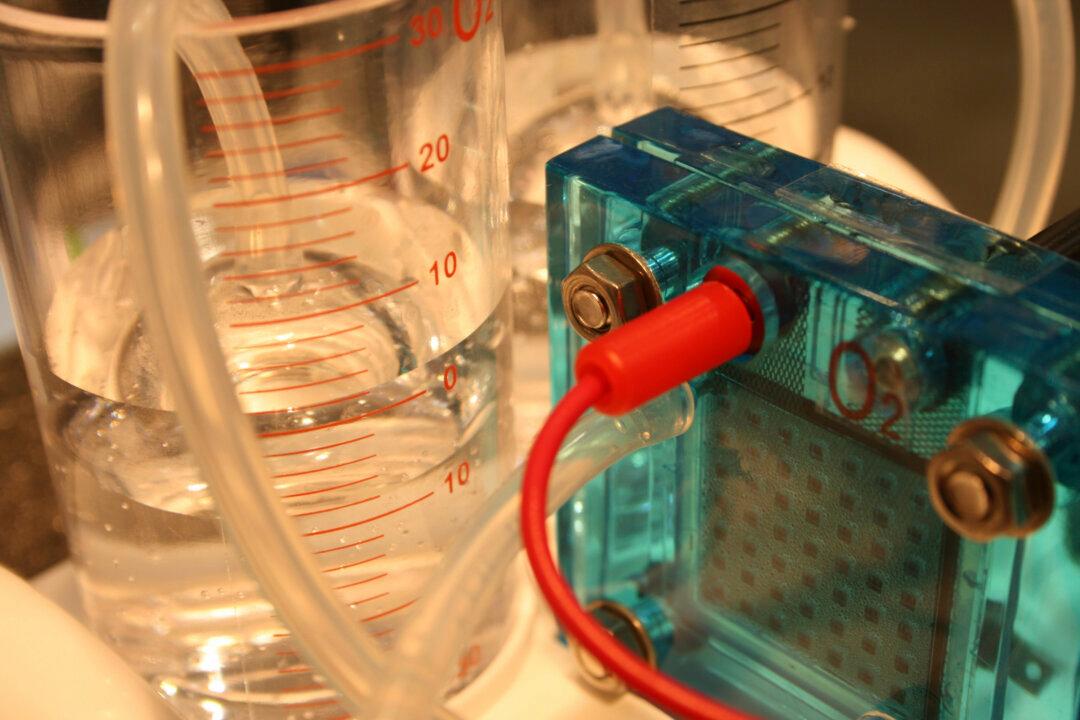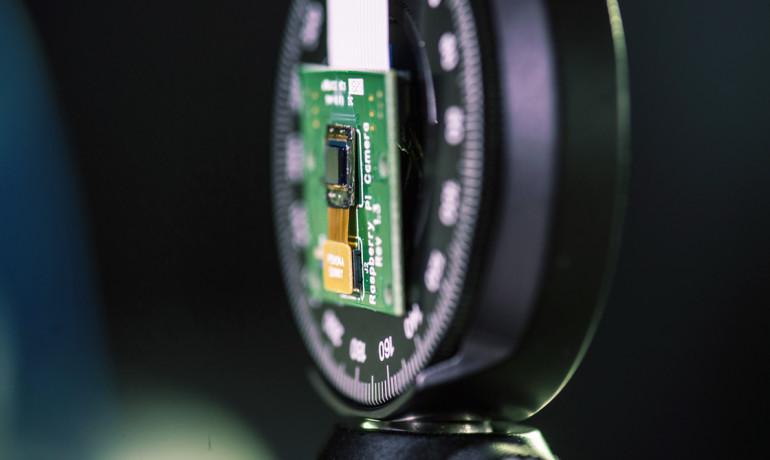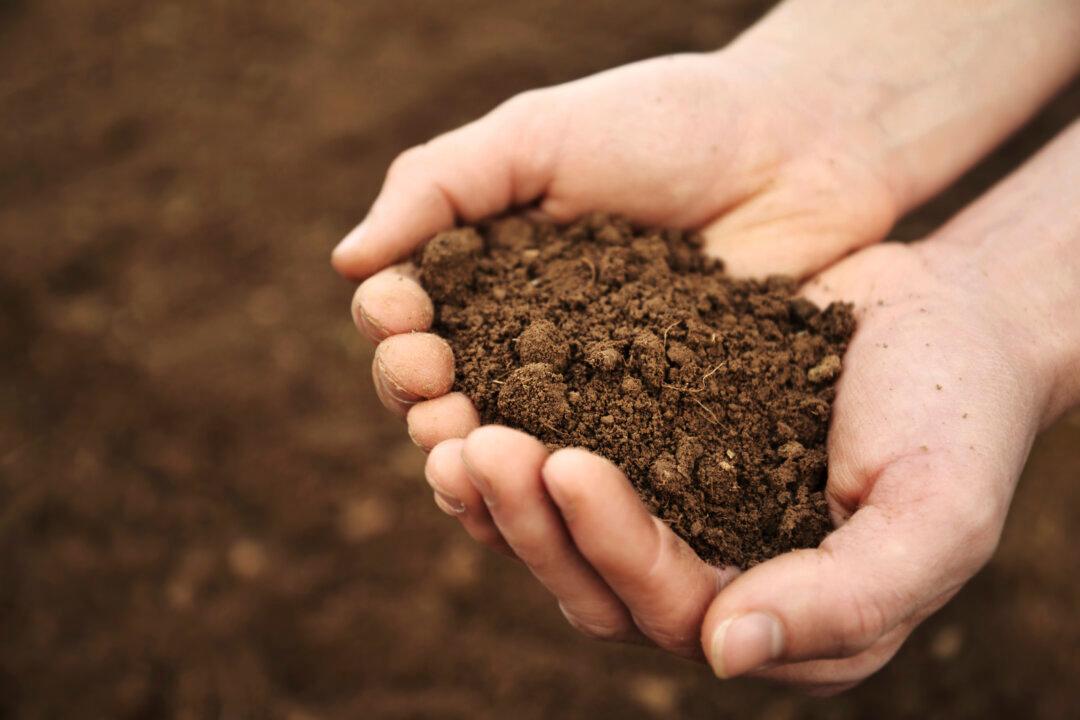A cobalt-based thin film serves double duty as a new catalyst that produces both hydrogen and oxygen from water to feed fuel cells, reported scientists.
The inexpensive, highly porous material may have advantages as a catalyst for the production of hydrogen via water electrolysis. A single film far thinner than a hair can be used as both the anode and cathode in an electrolysis device.
The researchers, led by Rice University postdoctoral researcher Yang Yang, report their discovery in Advanced Materials.
READ MORE




